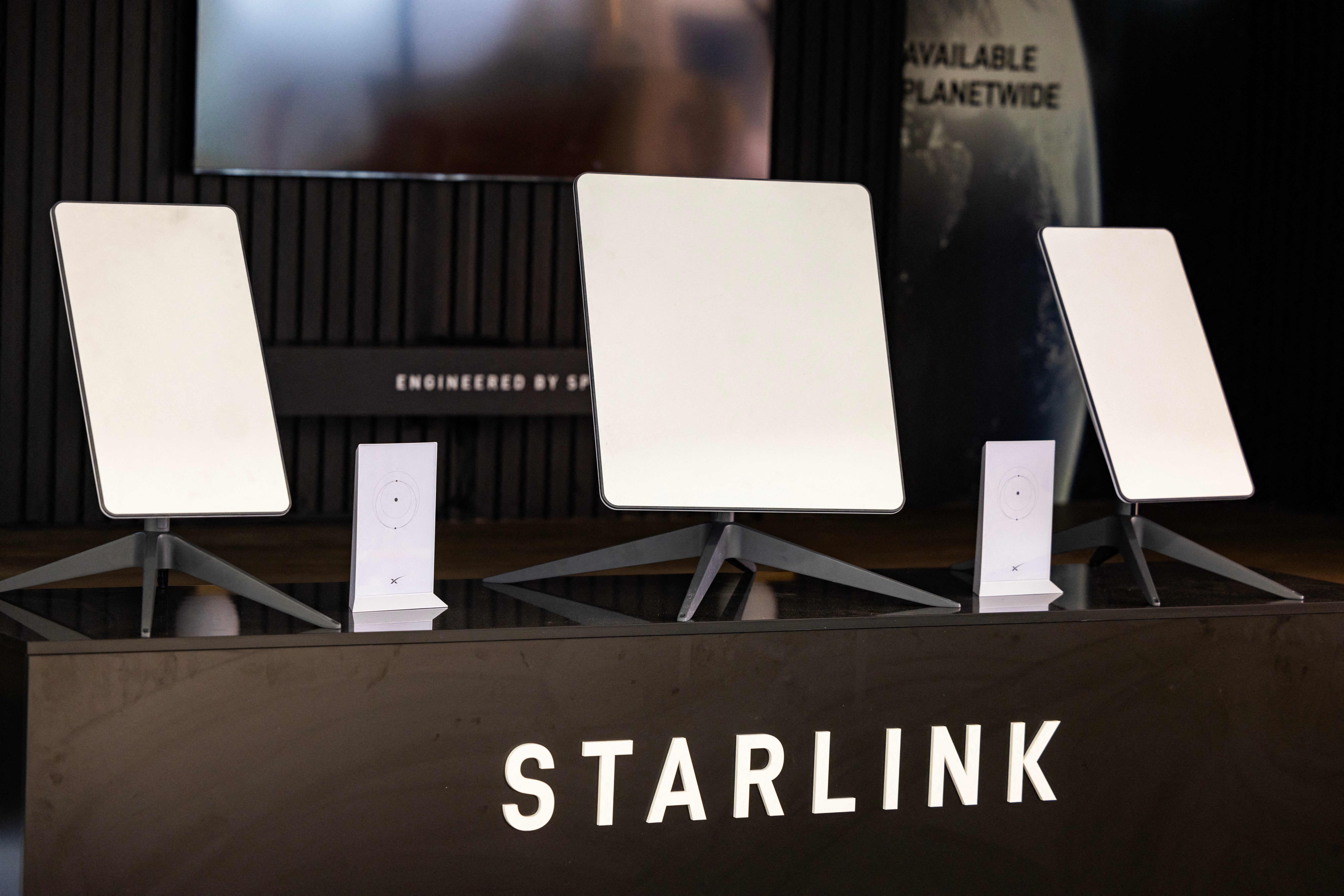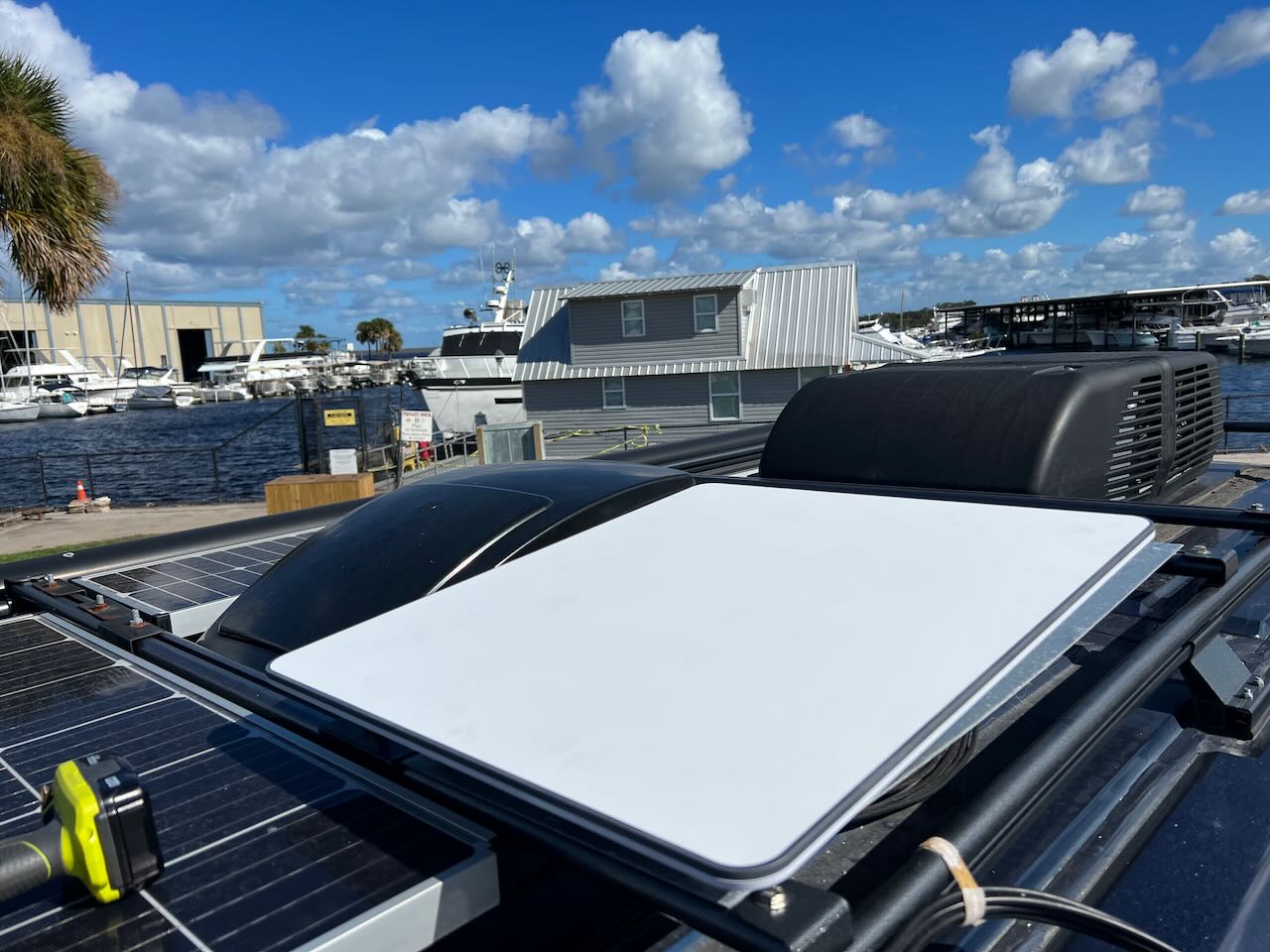In an era where connectivity fuels innovation, the advent of satellite internet has transformed the landscape for businesses, large and small alike. Enter Starlink, the revolutionary service from SpaceX that promises high-speed internet access, even in the most remote locations.
However, integrating Starlink into the infrastructure of a large-scale enterprise is more than just plugging in a dish and hoping for the best. It requires careful planning, strategic implementation, and a thorough understanding of the technologys capabilities and limitations.
This comprehensive guide is designed to walk you through the entire process—from assessing your business needs to optimizing performance. Whether youre a logistics company looking to streamline operations in distant terrains or a remote team aiming to stay connected, setting up Starlink isnt just about speed; its about enhancing collaboration and driving growth in today’s fast-paced digital economy.
Lets dive into the essential steps and best practices to harness the power of Starlink for your enterprise.
Assessing Your Business Needs

Before plunging into the setup of Starlink for your large-scale business or enterprise, it’s essential to conduct a thorough assessment of your specific business needs. Start by identifying the primary functions that demand robust internet connectivity—whether it’s for seamless video conferencing, robust data transfer, or real-time collaboration across multiple locations. Next, consider your team’s size and distribution; the demands of a remote workforce can differ significantly from those of a centralized office.
Are you operating in a rural area with limited internet options, or a bustling urban center where bandwidth is at a premium? Additionally, future growth should be factored in; as your business scales, will your internet solution keep pace? A nuanced understanding of these elements will not only streamline your Starlink deployment but will also ensure that your chosen configuration aligns with your overarching operational goals. Balancing current needs with forward-thinking strategies is key to unlocking the full potential of Starlink’s high-speed internet capabilities.
Planning Your Starlink Setup

Planning your Starlink setup requires a careful analysis of your business’s specific needs and the environmental factors at play. Begin by evaluating the locations where service is most critical—be it remote job sites, expansive agricultural fields, or bustling urban centers.
Each site may pose unique challenges, such as obstructions from trees, buildings, or even the ever-changing weather. Consider how many users will rely on the system and the types of applications they’ll be running—heavy data loads or simple web browsing can significantly shift your bandwidth requirements.
Dont overlook the physical setup: ensure your dishes have unobstructed views of the sky for optimal satellite connectivity. Finally, anticipating future growth or expansion is vital; installing additional units or scaling bandwidth can save you from headaches down the line.
With meticulous planning, your Starlink installation will transform connectivity into a strategic advantage, paving the way for seamless communication and productivity.
Installation Process

The installation process for Starlink at a large-scale business or enterprise level is both intricate and straightforward, requiring careful planning and execution. First, assess your location to ensure optimal satellite visibility; this often necessitates a high vantage point free from obstructions like trees or tall buildings.
Once youve decided on an appropriate site for the satellite dish, which resembles a sleek, modern dish, mount it securely using the provided hardware, ensuring it faces the correct azimuth for maximum connectivity. The next step involves connecting the dish to the modem—this usually requires a standard Ethernet cable that facilitates smooth communication between the two devices.
Powering up the equipment is simple, but patience is key: the dish will automatically orient itself, a process that might take several minutes. Following this, use the Starlink app for a seamless setup experience, allowing for troubleshooting and service checks.
It’s vital to test the network speed and performance after installation; ensuring that every corner of your enterprise receives robust internet is crucial for supporting operations and maintaining efficiency. Each step, while methodical, contributes to a richer, more connected environment, ultimately enhancing your business’s capability to thrive in today’s digital landscape.
Conclusion
In conclusion, setting up Starlink for large-scale business and enterprise use presents a transformative opportunity for organizations seeking reliable and high-speed internet connectivity. With its unique satellite-based technology, Starlink can bridge the digital divide, especially in remote and underserved areas where traditional ISP providers fall short. By following the detailed steps outlined in this guide—ranging from equipment installation to optimizing network performance—businesses can harness the full potential of Starlink to enhance operations, improve communication, and drive growth.
As the demand for robust internet solutions continues to rise, embracing innovative technologies like Starlink will be crucial for staying competitive in todays fast-paced digital landscape.







